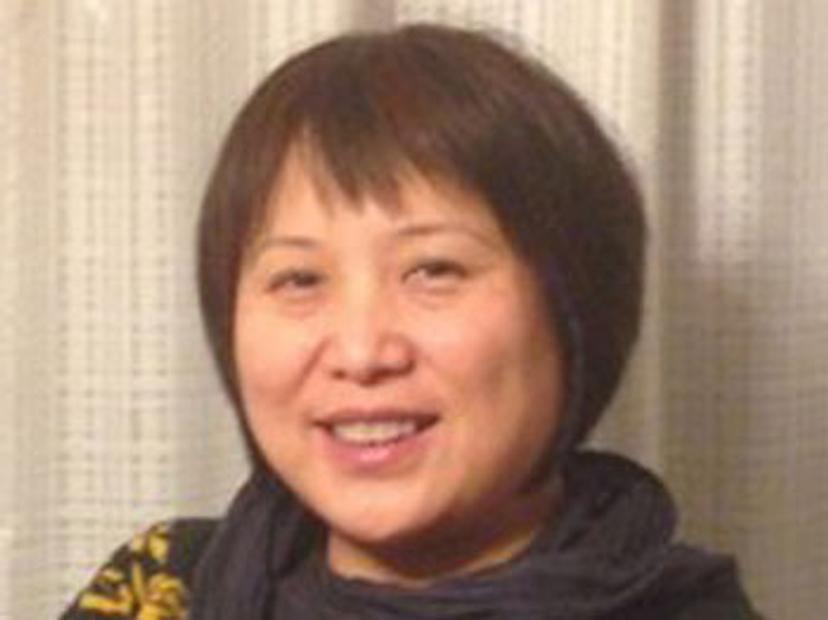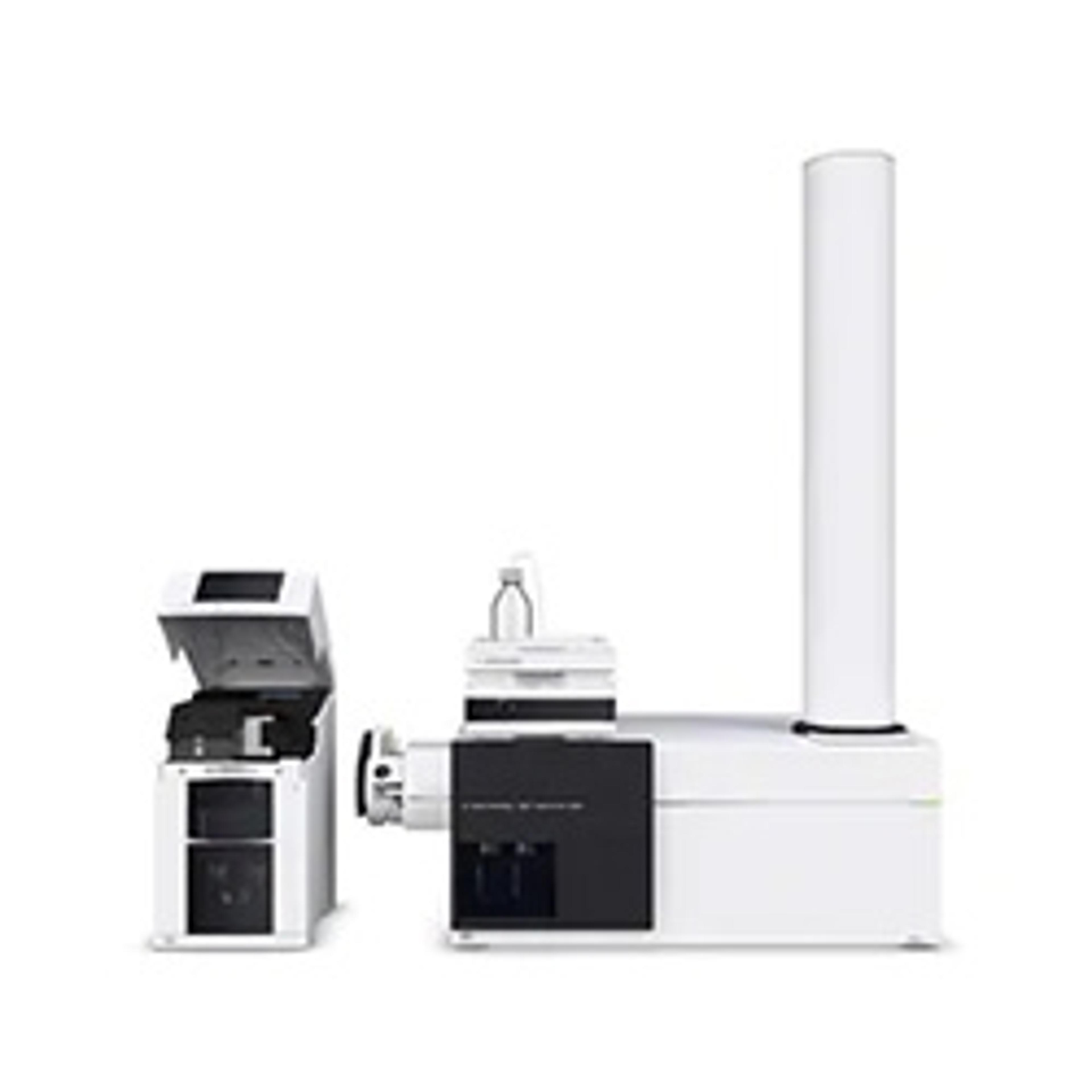Analytical solutions to address the increasing complexity of therapeutic proteins – watch on demand
Explore qualitative and quantitative characterization of antibodies and proteins by CE-MS, LC-MS and an automated immunoaffinity purification (IA)-CE-MS workflow in vitro and in vivo
20 Mar 2020
As the complexity of pharmaceutical proteins increases, understanding the absorption, distribution, metabolism and excretion (ADME) of proteins has become more important to enable engineering strategies designed to optimize the therapeutic properties of candidate molecules. To this end, it is important to have robust methods, such as mass spectrometry, to characterize potential instability across a variety of sample types.
Intact mass spectrometry of therapeutic proteins offers the highest possible resolution to assess protein/peptide integrity as well as post-translational modifications. Despite the benefits of intact protein mass spectrometry, analysis from serum remains challenging. Enrichment or purification is required prior to mass spectrometry analysis of therapeutic proteins in serum due to the high abundance of endogenous serum proteins.
In a SelectScience webinar available on demand, Mei Han, senior scientist, pharmacokinetics & drug metabolism at Amgen Inc., describes the qualitative and quantitative characterization of monoclonal antibodies and protein stability, both in vitro and in vivo, by CE-MS and LC-MS.
Read on for highlights from the live Q&A session or register to watch the webinar on demand.
Watch Webinar Now
Q: How is the sensitivity of CE/MS compared to LC/MS?
MH: The sensitivity of CE/MS is very comparable to LC/MS. CE/MS uses a nanoflow interface, allowing low sample dilution, giving a great separation comparability with capillary electrophoresis and providing sensitivity comparable to LC/MS despite the low injection volume of CE.
Q: How is the throughput of this method?
MH: The throughput depends on the sample types. If the samples are salt-free and stable, it can do continuous injections as in LC/MS. If the samples have salt on the protein aggregates, the spray emitter might need to be changed more frequently. This can be monitored using a microscope camera. Changing emitter will take a few minutes.
Q: What is the BGE pH of CE/MS for fusion protein or antibody quantitation? Is it native or denatured?
MH: The typical CE/MS running buffer (BGE) is at acidic pH depends on the specific protein the composition might need to modify accordingly. For native CE-MS analysis, you will need a neutral pH buffer.
Q: If you could pull out some of the top tips for using CE/MS and LC/MS, what advice would you give to people looking to get into this technology?
MH: The first thing I would say is, if you want to get comfortable using this nanoflow interface, and then get more practice. Once you get familiar, you’ll be able to run it. Nowadays with the interface setting, it is very robust. It will need some training, like for the first couple of months you might run into little issues. But if you just keep practicing and follow the procedure, you should be able to get reproducible results easily enough.
Find out more on this topic by watching the full webinar on demand>>
SelectScience runs 3-4 webinars a month across various scientific topics, discover more of our upcoming webinars>>

